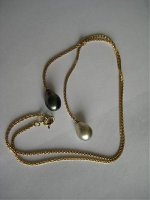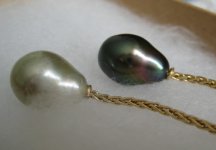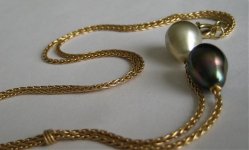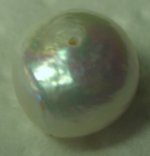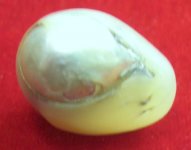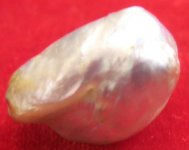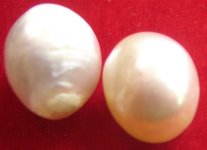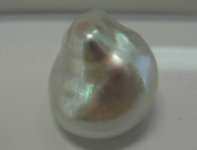S
Slraep
Guest
Josh said:What I can't make sense of is why something as magical and unique to pearls as that would have a crap name like overtone and not a beautiful one like orient? To me the two pearls below are examples of good (left) and not so good (right) orient.
Good example of a Tahitian pearl with peacock overtones and another without. An overtone radiates from the inner layer of a pearl. Orient is uniquely an iridescent SURFACE phenomenon that moves as you move the object. Orient contains all the colours of a rainbow(prismatic effect), while overtones are single colours although a Tahitian pearl can have more than one. For instance different variations of green(on top of green body colour even) , pink and gold at the same time. That's why we say "peacock overtones" and not "peacock orient". Some people say they can see orient in some select Tahitians, on top of overtones. That is very possible because as individuals, we have variations in how we see things. Anyone belonging to an astronomy club can tell you that not everyone can see things in the sky that others do and some people can see certain magnitudes of stars that others can't. That's very interesting, I think.
Orient is NOT unique to pearls by the way. You can find many, many examples of it in nature(look around,dude). Some of the forum members had a great thread going with gorgeous examples of iridescence(orient) other than pearls, a little while ago.
A dictionary does not make distinctions like "crap" words or "beautiful" words. Orient and overtones have distinct meanings.
Slraep
Last edited by a moderator:

